
Are you looking to relocate in retirement? If so, don’t limit your choices only to big cities. Whether you want a lower cost of living, beaches, mountain views or just a slower pace, small-town living has a lot going for it.
We’ve narrowed the long list of small-town retirement options to great small towns with a 2020 U.S. Census population of around 30,000 or less.
From tiny, close-knit communities to bigger towns with a growing population, small-town living could be just what you need to retire comfortably.
Here’s the rundown on great small towns to retire in and what each has to offer.
Neptune Beach, Florida
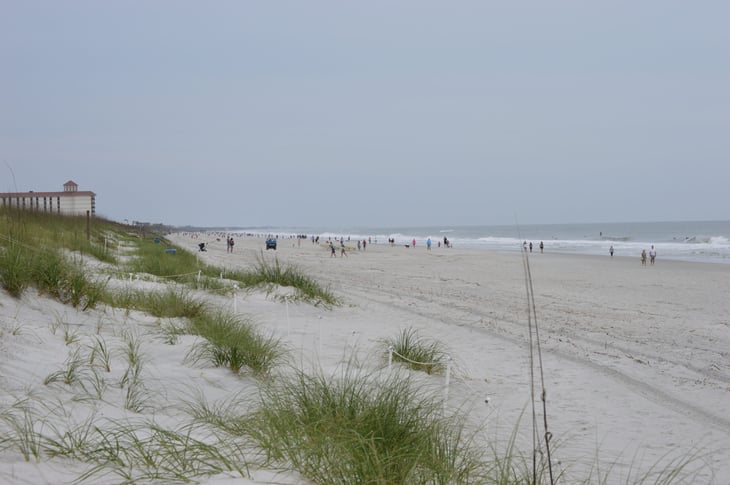
Population: 7,200
Looking for a mix of small town and big city living? Neptune Beach, located roughly 20 miles from the larger city of Jacksonville, is a laid-back oceanfront community with sandy beaches and an abundance of restaurants and shops.
Neptune Beach’s cost of living is about 31% higher than the national average. If you’ve saved enough for a more affluent retirement, however, Neptune Beach is a quiet and picturesque locale Another big plus: Florida residents pay no state income taxes.
Lincoln City, Oregon

Population: 9,800
Bordered by the Pacific Ocean on the west and the 680-acre Devil’s Lake and Oregon Coast Range of mountains on the east, Lincoln City has plenty to offer retired nature lovers.
The maritime climate is rainy in the winter with daytime temperatures hovering around 50 degrees most of the time. Summer coastal highs range between 60 and 70 degrees, with higher temperatures inland.
Abingdon, Virginia
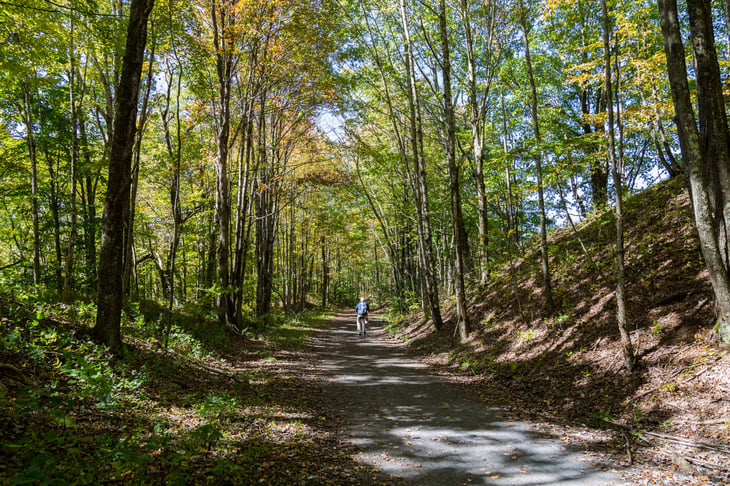
Population: 8,400
Great Retirement Spots named this small town nestled in the Blue Ridge Mountains in Western Virginia as one of the best places to retire due to its scenic location, cultural offerings and affordability. Restored Victorian and red brick buildings and quaint cafes and shops line Abingdon’s Main Street.
Abingdon appeals to retired art lovers too, with a busy arts scene, several museums and galleries offering art workshops and classes.
The typical home value in Abingdon is affordable at around $238,000, about 38% lower than the national average, according to Zillow. And the cost of living is about 16% lower than the national average.
Glenwood Springs, Colorado
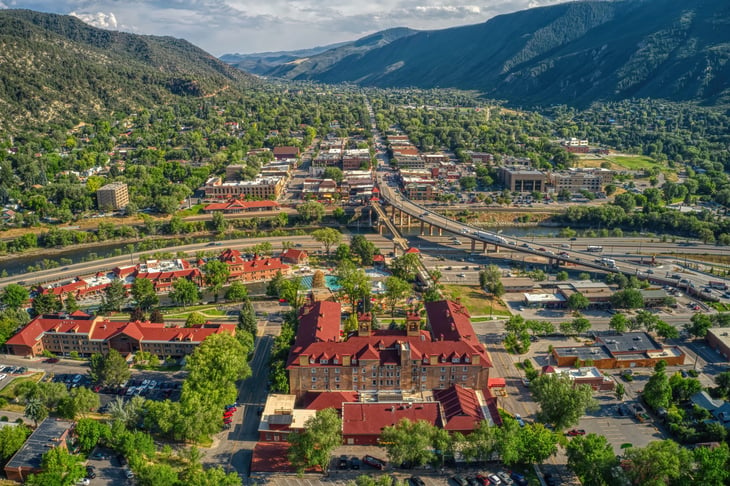
Population: 10,000
This small town is ideal for retirees focused on health and wellness. Nicknamed “Colorado’s spa of the mountains” for its famous hot mineral springs and wellness treatments, Glenwood Springs is about an hour’s drive from Aspen and Vail and a scenic three-hour road trip from Denver.
The cost of living in the midst of Colorado’s natural beauty and healing waters is steep: 30% higher than the national average. However, Colorado offers tax benefits to offset part of those costs.
Colorado residents 65 and older may be eligible to subtract from their state income taxes whichever amount is smaller: $24,000 or their taxable pension/annuity income, which includes IRA distributions, Social Security and disability income.
Ridgefield, Connecticut
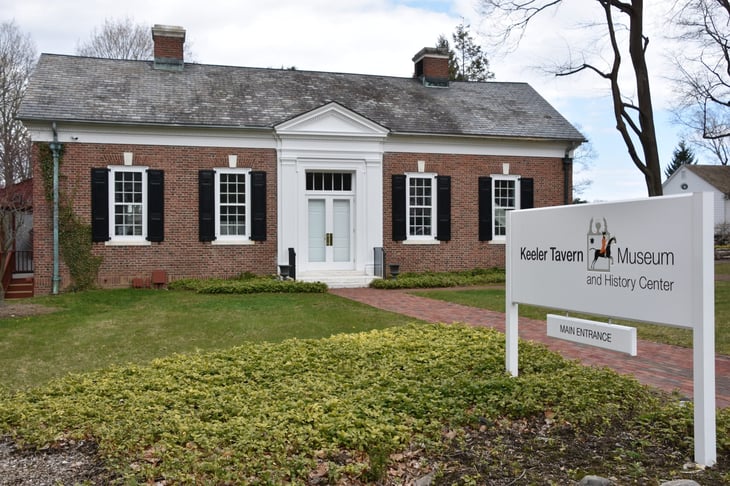
Population: 25,000
Located in the Berkshire Mountains foothills, Ridgefield’s low crime rate earned a ranking by Safewise as one of the 100 safest cities in the U.S., making this small town appealing to retirees looking for a safe place to live.
Ridgefield offers unique shops and boutiques, and the town also has museums and theaters — including the renowned ACT (A Contemporary Theatre) of Connecticut.
The downside: Ridgefield’s cost of living is around 62% higher than the national average.
Traverse City, Michigan
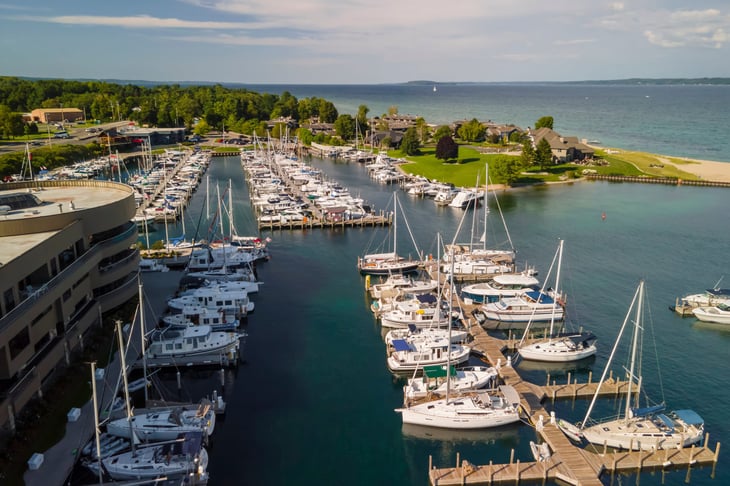
Population: 16,000
Traverse City was ranked No. 1 by Realtor.com on its list of the best and most affordable towns to retire in. Retirees looking for clean air and sandy beaches will enjoy this waterfront town located on Grand Traverse Bay on the northeast coast of Lake Michigan.
Traverse City offers abundant restaurants, shops and arts and cultural activities, including the annual National Cherry Festival, the Traverse City Film Festival, the Old Town Arts and Crafts Fair and the Great Lakes Equestrian Festival.
This small town is cold and cloudy in the winter, but sunny and warm from June through October. Snowbirds may want to head to a moderate climate for the winter.
Traverse City’s cost of living is about 3% lower than the national average, and Michigan is fairly tax-friendly for retirees, with no state tax on Social Security.
Michigan taxpayers who reached the age of 67 before Dec. 31, 2021, may also be eligible for a standard deduction of up to $20,000 for single taxpayers or those married filing separately and $40,000 for married taxpayers filing jointly.
St. Augustine, Florida
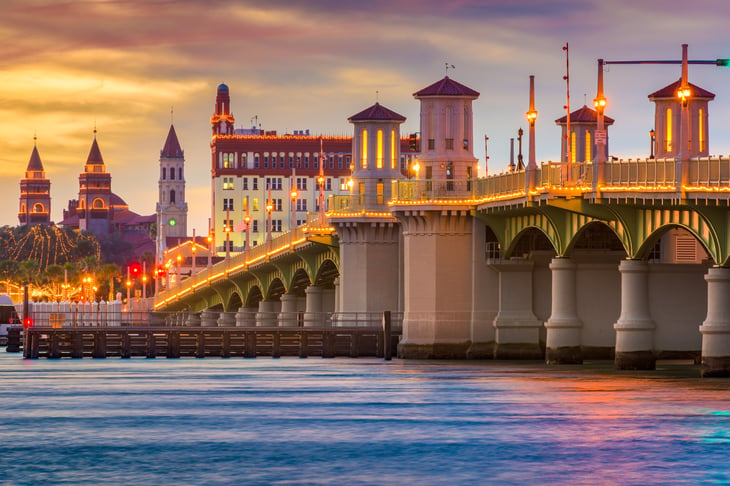
Population: 14,329
Kiplinger’s named St. Augustine, Florida, located about 40 miles southeast of Jacksonville, one of its “smart places to retire” in 2019, citing the town’s “cultural activities, affordable luxury living and first-class health care.” Residents aged 65 and older make up more than one-quarter of the population.
St. Augustine’s cost of living is about 5% higher than the national average. But Florida residents pay no state income tax, another plus for retirees drawn to the Sunshine State.
Fredericksburg, Texas
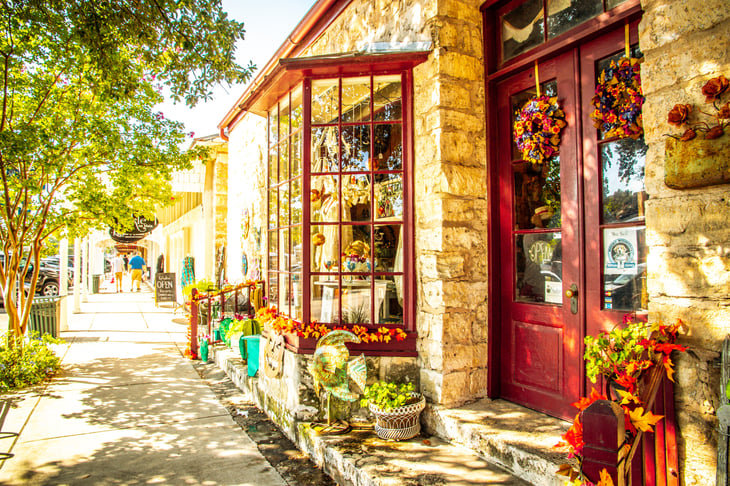
Population: 10,875
Travel + Leisure ranked this historic town founded by German settlers in the 19th century as one of its top 10 best small towns to retire in the U.S. Located among more than 100 vineyards and wineries in the Texas Hill Country, Fredericksburg is around an hour’s drive from San Antonio.
Fredericksburg is home to Wildseed Farms, a 200-acre working wildflower farm and vineyard.
A popular area for retirees, residents aged 65 and older comprise around 30% of the population. The cost of living in Fredericksburg is about 8% higher than the national average.
Vero Beach, Florida
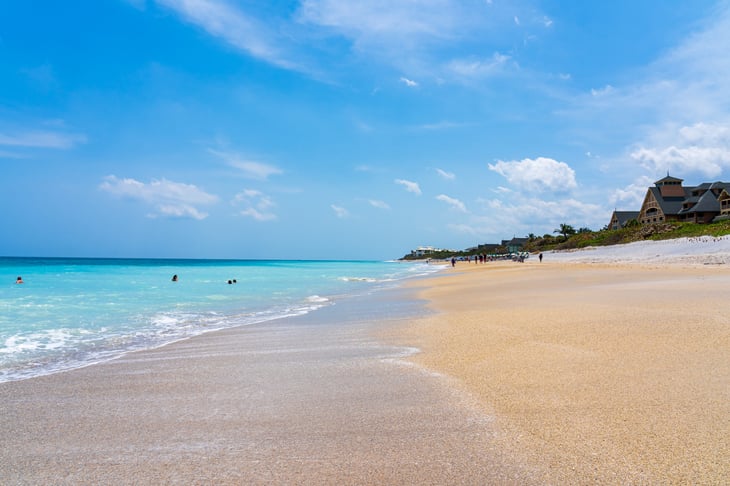
Population: 28,000
This small town located on Florida’s Atlantic coast boasts numerous beaches and parks and a cost of living that’s around 5% lower than the national average.
With no state income tax and a population that’s about 26% age 65 and older, Vero Beach appeals to retirees seeking a laidback retirement lifestyle surrounded by natural beauty.
If Vero Beach doesn’t sound like your ideal retirement town but you’re attracted to the Sunshine State, check out “The 25 Best Cities to Retire in Florida” for plenty more options.
Coos Bay, Oregon

Population: 16,000
Looking for an affordable coastal town in the Northwest? Located on a protected bay of the Pacific Ocean, Coos Bay is surrounded by verdant forests and state parks, offering lots of outdoor recreation activities for active retirees.
People over 65 make up around 22% of this small town’s population — compared with 16.5% of the national population — according to the U.S. Census Bureau.
Housing costs for a beach town are affordable, too, with the typical home value at around $311,000, which is slightly lower than the typical value nationwide, according to Zillow. And the cost of living in Coos Bay is nearly 13% lower than the national average.
Portsmouth, New Hampshire
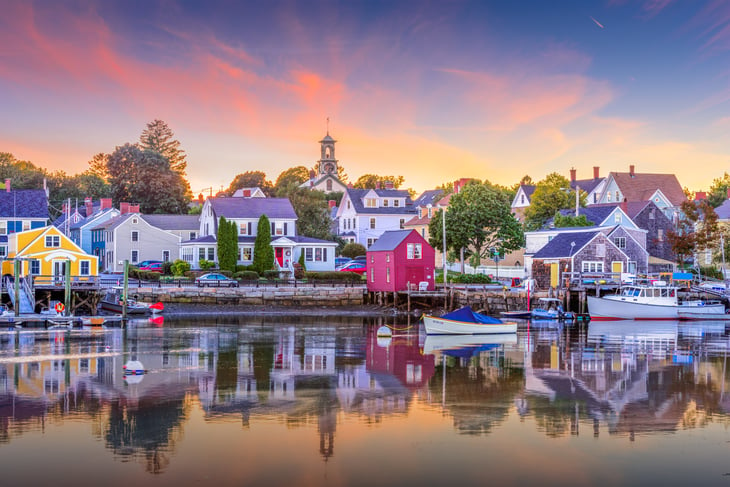
Population: 22,000
This walkable seaport town on the Atlantic Coast boasts unique shops and restaurants, historic buildings, cultural offerings and close proximity to dozens of other scenic New England towns. Outdoor lovers can enjoy boating, biking, kayaking and golfing in the Portsmouth area.
The typical home value is steep at around $630,000. But New Hampshire has no state income tax on most types of earnings (only on dividend and interest income), and you can save with tax-free shopping just across the Piscataqua River in nearby Kittery, Maine.
Coolidge, Arizona

Population: 15,000
Travel + Leisure picked this desert town as one of the best small towns in the U.S. to retire in. If you love desert living, warm and sunny winters (and you can tolerate brutally hot summers), this small town is about 60 miles away from Phoenix’s sprawling metropolis and all of its big-city drawbacks.
The typical home value is around $284,000 — far less than the $399,000 in Phoenix — according to Zillow data. Another selling point: Coolidge’s cost of living is about 10% lower than the national average.
To learn about other retirement destinations with mild climates, check out “10 Great Warm and Sunny Places to Retire in the U.S.”
Morgantown, West Virginia
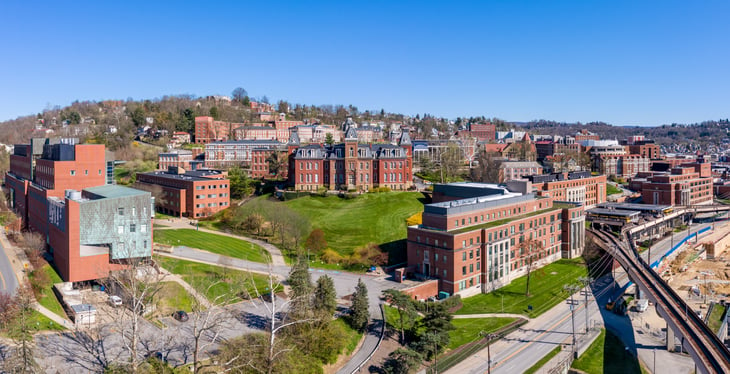
Population: 30,000
This college town in northern West Virginia made Kiplinger’s list of top small towns for retirement, thanks in part to the educational and social opportunities for people over 50 offered by the Osher Lifelong Learning Institute at West Virginia University. Members pay $30 annually to receive discounts on community events and field trips, among other benefits.
The typical home value in Morgantown is affordable, at around $251,000, according to Zillow. The cost of living in this small town is also about 10% lower than the national average.
Eureka Springs, Arkansas
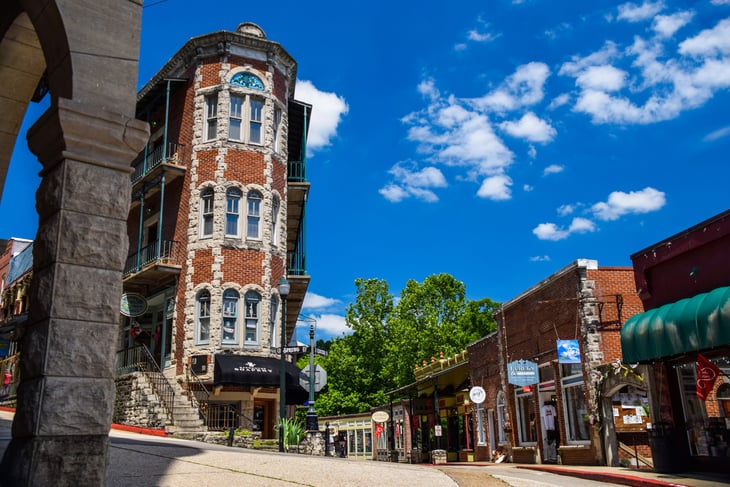
Population: 2,200
Retirees looking for a low cost of living and natural beauty will find both in this tiny town.
Eureka Springs is known for its colorful Victorian homes and more than 60 natural springs. There’s also no shortage of art galleries and festivals in this town that is home to roughly 300 working artists.
Your retirement income can stretch a long way in this quaint community. The cost of living in Eureka Springs is about 19% lower than the national average, and the typical home value is only about $272,000.
Hendersonville, North Carolina
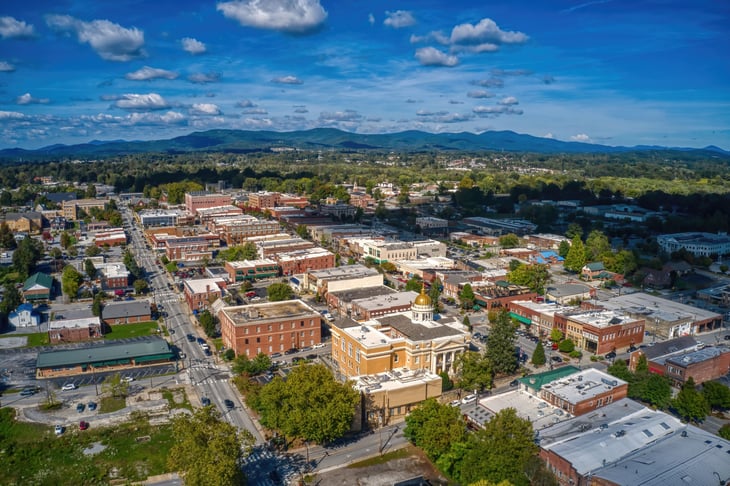
Population: 15,000
Is being surrounded by mountain vistas on your retirement agenda? Then check out this small town nestled in the Blue Ridge Mountains.
Outdoors lovers can take in mountain views, hike to waterfalls and explore 12,000 acres of wilderness in Dupont State Recreational Forest. You’ll also find a wide selection of wineries, breweries and cideries in and around this town famous for its many apple orchards.
Silver City, New Mexico
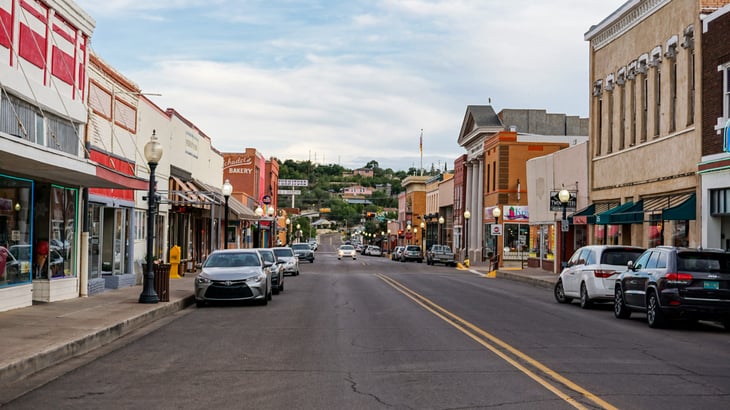
Population: 10,000
People age 65 and older make up about 20% of Silver City’s population — compared with 16.5% of the national population — according to the Census Bureau.
Retirees seeking culture will find plenty of music and arts events in this little town. With an average temperature of 54 degrees and an average of 300 sunny days a year, Silver City has pleasant weather most of the year.
Silver City’s typical home value is only about $217,000, according to Zillow. And the cost of living is 22% lower than the national average to help your retirement savings last longer.
